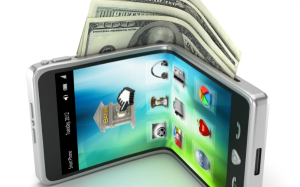 We know Americans aren’t great at math, so there may be people taken in by a column headlined, “If you have savings in your 20s, you’re doing something wrong.” The post went viral, leading to counter-posts by virtually everyone in the known universe who understands how money works.
We know Americans aren’t great at math, so there may be people taken in by a column headlined, “If you have savings in your 20s, you’re doing something wrong.” The post went viral, leading to counter-posts by virtually everyone in the known universe who understands how money works.
Bottom line: You can’t ignore the power of compounded returns. If you don’t know why that’s so important, Google it or read this column by Michelle Singletary in the Washington Post: “In your 20s? Don’t squander your biggest asset: time.”
Carpe diem isn’t exactly a new idea. Since the beginning of time (or at least since the invention of money), people have argued that living for today is far more important than saving for tomorrow. But smart folks do both. I traveled a lot in my 20s and 30s, including a trip around the world, and did other expensive things like learn to fly an airplane. But I also saved money–a ton of money–for retirement. And now, decades later, I have a lot of options that people who got a late start saving for retirement don’t have. I can retire early or cut way back on our savings, and we’ll be fine.
It is certainly possible to save too much, but it’s not that common. If you’ve maxed out all your retirement savings options and are looking for additional ways to save, maybe it’s time to think about loosening up (unless you’re making up for a late start). But we’re certainly not facing an epidemic of over-saving–among young people or anyone else.








